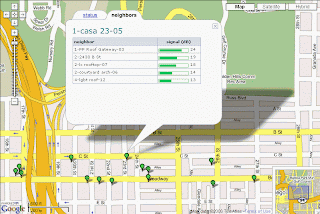The domestic digital divide is more complex to define, because multiple factors are involved. Access
within countries can be looked according following socio-economic factors:

• Age
• Income
• Geographical location
• Education
• Gender
• Disability
Income: It is interesting to notice that socially excluded people have mostly a low income and once more, this economic factor could affect their participation in the Information Society. Income is the first factor of exclusion, because even if computer prices and access costs drop by a large margin, they would still be inaccessible to poor people who need to cover their basic needs first.
Age: There is a normal difference because ICT are easily used and adopted by younger generations and
they benefit from their school training.
Geographical gap: there is a difference in use between different parts of same countries. It is easier to get an Internet access in cities and this trend might not be changed soon.
In Fact, the new fast access technologies to Internet such as the optical fibre for example, are mostly available in urban areas and there is a risk that this divide increases. This is why there is a necessity of
national planning at a country level to insure that all areas have the same possibilities.
Education: is closely correlated with employment and income. Those with higher levels of education are more likely to have ICT at home and at work. The less educated people show least interest in getting online, may be because they do not see the interest for them. All these questions related to the domestic Digital Divide are mainly studied in developed countries but there is evidence indicating that these inequalities are far more pronounced in developing country where small elite own everything and
cumulate the advantages leaving most of the population with very little.
Disability: Internet and Information Technologies are promising for people with disabilities because it
can assist them in overcoming their handicaps, however the potential may not be realized if they cannot
afford assistive technologies or if accessibility of equipment or web-content is not ensured.
Gender: Women have less access to the IT use and skills. Also Working women have lower levels of IT use and skills than working men.





0 comments: